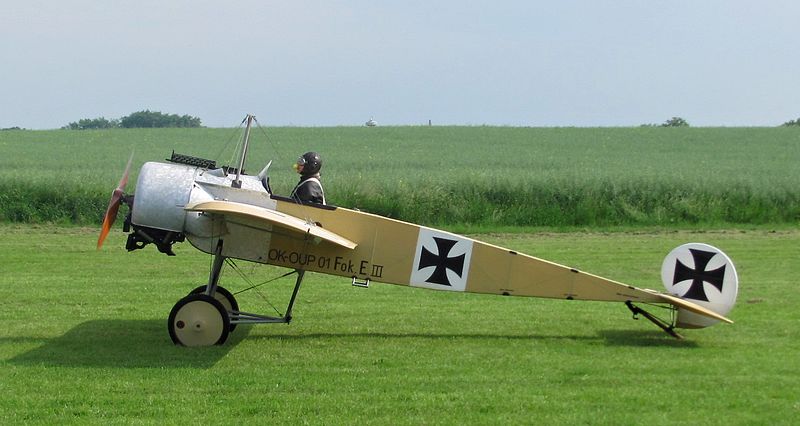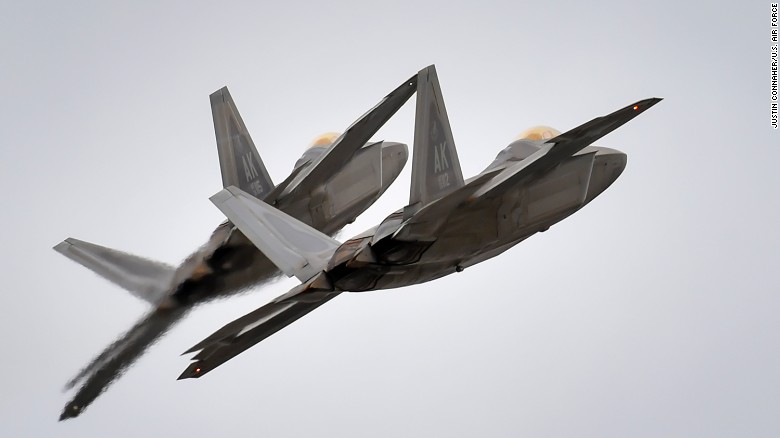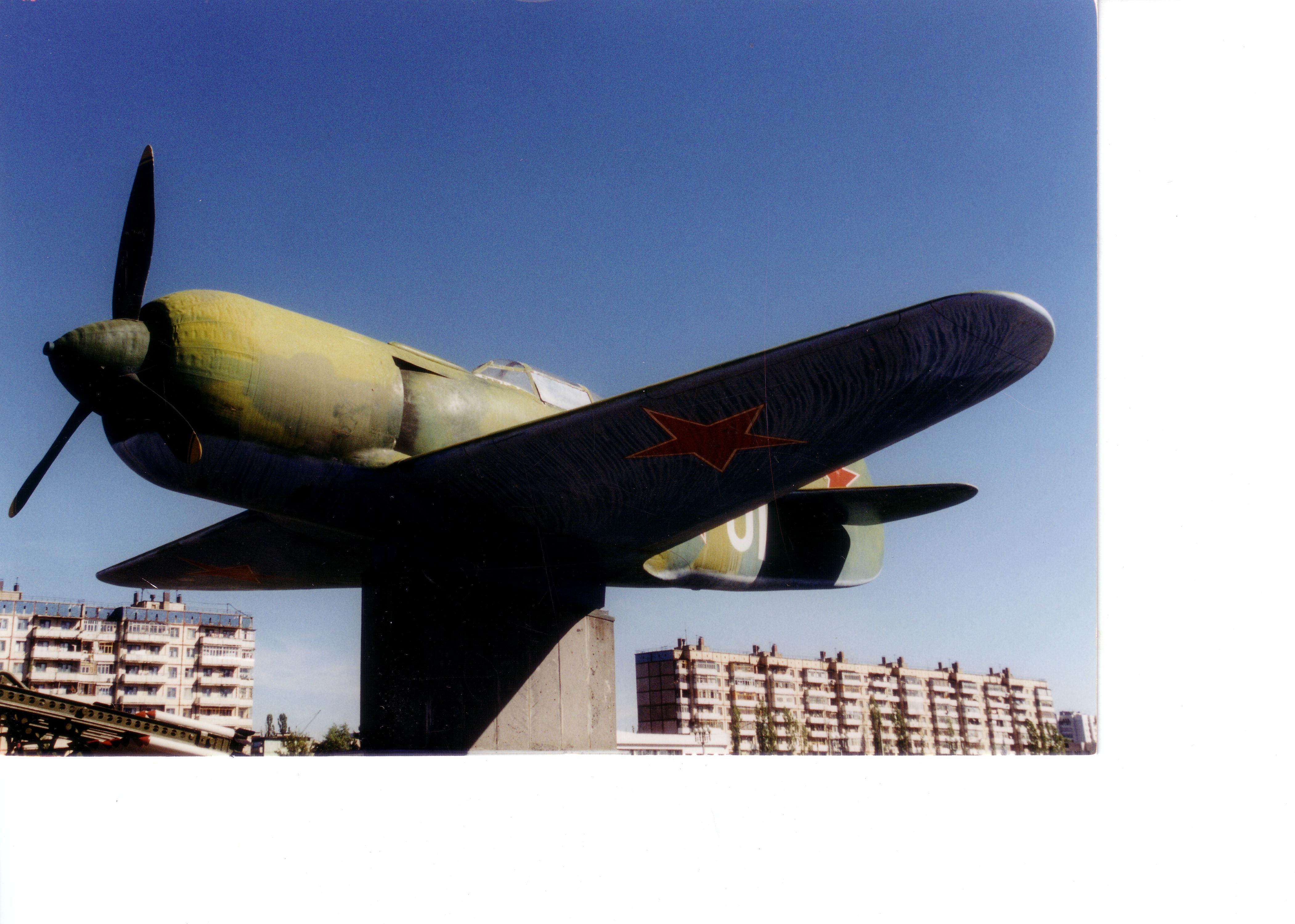Alright, another William (Chip) Sayers post. This is his fourth post here. He will be presenting at our Historical Analysis conference: Who’s Who at HAAC – part 1 | Mystics & Statistics (dupuyinstitute.org).
———————–William (Chip) Sayers——————
VVS View of Air Superiority
From the start of the current war in Ukraine, the TV talking heads have expected the Russian Air Force (VVS) to do business as a Western air force would. When the VVS failed to achieve the results media reporters have been trained to expect by watching the US Air Force go to war, their question has gone out: “Where is the Russian Air Force?” However, the news outlets are laboring under some major misconceptions.
Russia is what was once referred to as a “continental power,” i.e., its thinking is all about land forces with little regard for air or naval matters. As such, the Russian Air Force is and always has been a wholly-owned subsidiary of Russian Army. Being dominated by the Army, the Russian Air Force has never developed an independent doctrine for doing business that differs from merely being longer ranged artillery. If they had developed along our lines, they might have a decisive force. As it is, they don’t have the vision for what it could bring them and consequently don’t expect that much out of their Air Force.
The primary role of the VVS is what we used to call Battlefield Air Interdiction — strikes close behind the front lines that don’t require lots of coordination with their ground troops (~30-70km beyond the line of contact). The VVS doesn’t really do Close Air Support (CAS) as we define it — they aren’t sufficiently professional for that, and weren’t during the Cold War, either [nor during WWII: C.A.L.]. Since the 1999 battle for Grozny, they have added a mission to their repertoire: doing massive damage to civilian infrastructure in order to crush their enemy’s will to resist. And we have seen this in action in the Ukraine War.
However, they aren’t really concerned with establishing what we would call Air Superiority. They view their Surface-to-Air Missile (SAM) force as being their primary force to control the airspace over their heads, with fighters used as gap-fillers and support. The fighter force is definitely the second-string. If they could achieve Air Superiority in the Western sense, they wouldn’t know what to do with it. They don’t understand it, and don’t care about it. That’s why they have so much mobile air defense — to keep the enemy air force off the Army’s back. And that’s all they want.
During the Cold War, the Soviets faced an entirely different situation than Russia does today. NATO possessed large numbers of nuclear weapons and the General Staff Academy taught that:
“The air army conducts the following tasks in a Frontal offensive operation:
– participating in the initial nuclear strike
– covering the troops and logistics installations against the enemy’s air attacks
– destroying the enemy’s air forces on their airfields, in the air, and in their base areas
– searching for and destroying the enemy’s nuclear rockets
– supporting the action of combined arms and tank armies
– destroying and suppressing the enemy’s reserves
– conducting air reconnaissance – supporting seaborne assault landing [and air assault operations.]”
Note that this was in the context of a war waged with nuclear weapons and the destruction of the enemy’s air forces was primarily to limit the ability of NATO to deliver nuclear strikes on Soviet forces. Also note that attacks on NATO air forces is listed as job #3.
In the 1970s, the Soviet General Staff believed that fully half of NATO’s combat power was resident in their air forces. As a result, they created the Air Operation designed to negate NATO’s advantage in the air. While they talked a good game and did come up with innovative means of attacking our bases, they never practiced the skills necessary to defeat us in the air. For instance, they never developed the doctrine or tactics necessary to escort their bombers to their targets. Instead, they continued to rely on vulnerable Ground-Controlled Intercept posts to direct their fighter forces — a hopelessly inadequate response to NATO tactics and capabilities. In the post-Cold War world with the nuclear threat largely off the books, they have returned to a doctrine closer to that of the WWII Red Air Force.
The news media seems to think “Air Superiority” means that the enemy air force is lying on the ground with their feet in the air like a dead bug. As thirty years is considered ancient history in this country, all the public has known is Operations DESERT STORM (1991), DELIBERATE FORCE (1995), ALLIED FORCE (1999), ENDURING FREEDOM (2001), IRAQI FREEDOM (2003) and ODESSEY DAWN (2011). In each of these actions, the US and Allied air forces so overmatched their opponents that they entered the conflicts with Air Dominance (a completely one-sided air situation) already achieved — precisely the condition the media pundits expect. And indeed, if the General Staff (not the VVS) sees a real and decisive threat from an enemy air force — as they did in the Cold War — the only doctrinal term to describe their goal is “destruction.” Even this is couched in the language of artillery: “Destruction does not mean total annihilation of enemy air forces…In order to destroy enemy air force capabilities to conduct organized resistance up to 50 – 60 percent destruction of aircraft is required.” This could have come right out of a Russian artillery field manual. And, in fact, it did.
The Russian Air Force does have capable aircraft and smart bombs and missiles, but they don’t have the tactics, doctrine, or intelligence and targeting apparatus to exploit them properly. In the Western way of war, smart weapons are used to slip bombs down airshafts or cut the structural supports out from under a high-rise building to cause its collapse, thus disrupting a country’s air defenses, control of their armies, collapse of their economy or governance of the entire nation. Our bombs are sufficiently accurate that in the late 1990s, guidance kits were attached to “blue bombs” — inert training munitions filled with concrete — in order to destroy individual antiaircraft guns while specifically limiting further destruction. Since then, several smart weapons have been explicitly designed to destroy the target without undue risk of collateral damage. To the Russians, smart weapons are just neat toys that are more accurate than conventional bombs. Mostly, this just means they don’t have to use as much ordnance to do the job — primarily a logistics advantage.
When I began my career as a Soviet military aviation analyst in the mid-1980s, the VVS was introducing their 4th generation Su-27 and MiG-29 — their equivalents of our F-15 and F-16/F-18. These were far more capable aircraft than their predecessors and would allow them to advance in their tactics to fly in a way similar to us. I watched hard for evidence that they were tactically evolving to exploit their new capabilities, but they never did. They are still flying them the same way, 40 years later.
More to the point, the Russians simply don’t see things the way we do. A perfect illustration is what they expect from their aircrew in training. While the USAF and other Western air forces train to the highest possible standards, Russian standards seem rather lacking. They simply don’t hold their aircrew to the same high standards we do. Why? One possible explanation is that they aren’t capable of reaching those standards, so they settle for what they can get. There is another possibility, however. The VVS may not have demanded as much of their aircrew because they knew it was unrealistic to expect so much of them under combat conditions that tend to degrade human performance radically. Thus, they set the bar to a low, but realistic level that they could depend on their aircrew to achieve, even when being shot at.
Another example illustrates their natural conservatism. Many Hollywood treatments of the WWII bombing campaign against Germany include a scene where our intrepid leader is informed by higher headquarters that he must put on a “maximum effort” the next day. This is General Savage’s cue that he must drive his maintenance crews to Herculean feats to get all 18 of his bombers in the air in order to make the strike effective. Similarly, during the Cold War, the General Staff wanted their Air Armies to be able to generate a given number of “regimental sorties” at certain times — and particularly early in a war with NATO, when nuclear weapons might be involved. A regimental sortie was specifically sized to accomplish certain normative tasks. The typical fighter or fighter-bomber regiment had 36 aircraft, and a regimental sortie consisted of one sortie by each aircraft of the regiment, or 36 sorties. But what of maintenance problems, operational or even combat losses that might reduce the size of the regiment below 36 aircraft? The Soviets added aircraft to their regiments — 9, in the case of fighters and fighter-bombers — to ensure that they would always be able to generate a 36-aircraft regimental sortie. An expensive, but expedient way to achieve the goal.
All of this is to say, the Russians don’t think like us, and they often approach problems in ways foreign to our thinking. They also don’t expect as much from their Air Force.
One final thought: Our forebears fought Soviet pilots and aircraft operating from sanctuary bases in China and the USSR during the Korean War (which the Russians did secretly then, but very proudly admit to, now). In Vietnam, they faced Soviet-designed and directed tactics and air defenses. So, it is a rich treat to see Mr. Putin eating his karma today, feathers and all.





